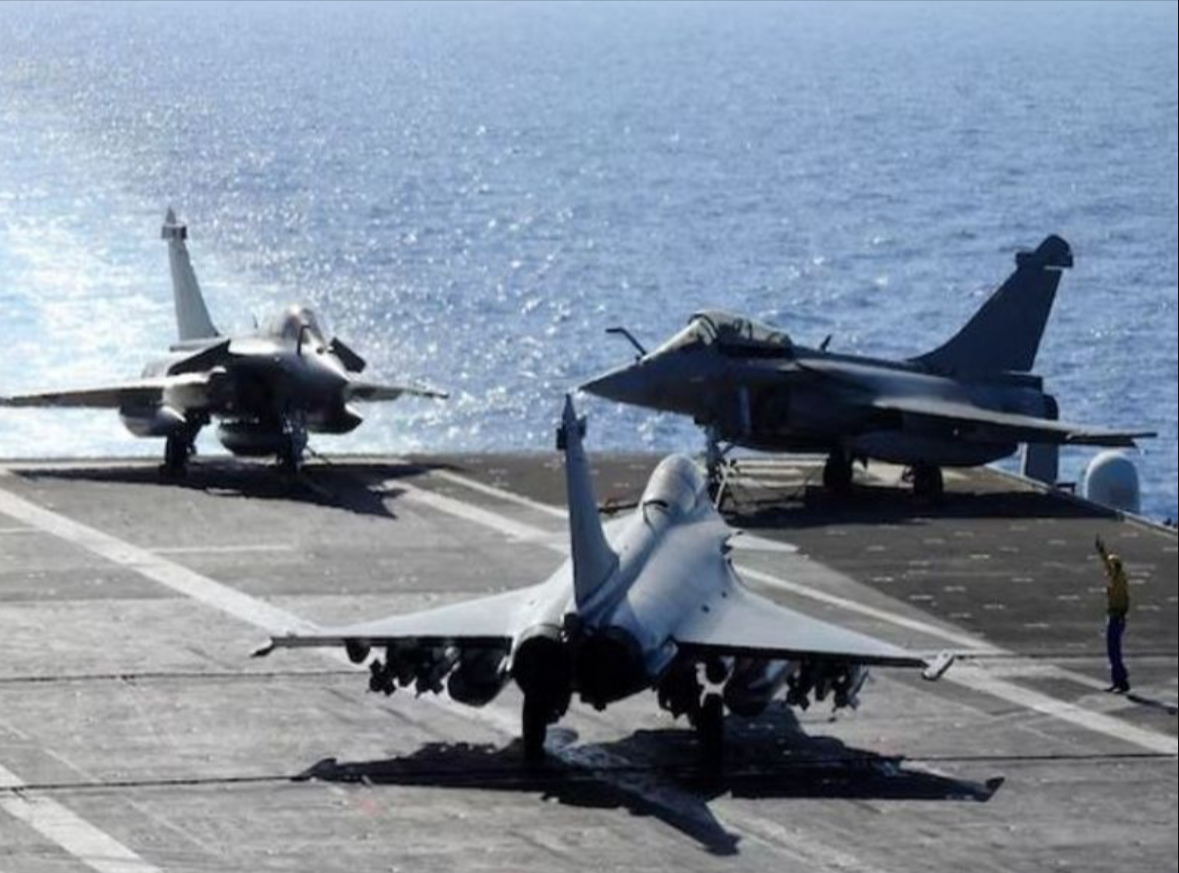
Through an Intergovernmental Agreement, India received 26 Rajale-M jet aircraft from France for its Indian Navy force. The ₹63,000 crore deal includes 26 Rafale-M fighter jets, including two models: 22 single-seater versions and 4 twin-seater versions. It additionally encompasses combat training provision, simulation equipment, weaponry, and support services. The aircraft purchase will strengthen Indian naval air operations by complementing contemporary weapon technologies needed for aircraft carrier operations. Technology exchange accompanies the agreement alongside foundation plans for production installations in India.
Context:
-
The acquisition of 26 Rafale-M fighter jets represents a pivotal military strategy for the Indian Navy, which will boost operational capabilities and naval readiness.
-
As this agreement has been signed, the Navy is currently planning for the retirement of its MiG-29Ks.
-
India will use the acquired Rafale-M aircraft to operate its aircraft carriers INS Vikramaditya and INS Vikrant until the Twin Engine Deck-Based Fighter (TEDBF) development is complete.
-
This agreement strengthens defense relations between India and France while representing a new advancement in their defense partnership.
Key Points:
-
India and France together executed an agreement to purchase 26 Rafale-M aircraft Destination Edition for the Indian Navy that cost ₹63,000 crore.
-
Aircraft details: The Rafale-M fighter jet acquisition involves 22 single-seat and four twin-seat aircraft, training systems, simulators, weapon systems, and performance-based logistical support.
-
Key Enhancement: The Rafale-M aircraft received enhancements which enable its operation on Indian aircraft carriers that have the necessary short deck capability with ski jump systems.
-
Weapon Intergration: The aircraft receives ASTRA Mk1 air-to-air missiles as part of its weapon integration systems to enhance its combat ability.
-
Operational Enhancement: Under this agreement Indian industries obtain Transfer of Technology (ToT) for weapons integration along with instructions for manufacturing and sustaining Rafale fuselages along with aircraft engines and weapons within India.
-
Weapon Integration: The acquisition serves as a bridge solution to strengthen naval air power capabilities on ships while the Navy schedules the elimination of MiG-29K aircraft.
-
Indigenous fighter development: The acquisition of Rafale-M supports India in developing its long-term goal to build the indigenous Twin Engine Deck-Based Fighter (TEDBF).
-
Job Creation and employment: Through this transaction, India can achieve economic success with thousands of newly created positions and defense production support for MSMEs.
-
Timeline: The aircraft delivery program will start within the next 3-4 years and must end by 2030, while joint French and Indian training sessions will take place.
-
Bilateral agreement: Through this agreement, India and France established strengthened defense relations as their defense officials and ministers signed the document together.
Conclusion:
India strengthens its naval air capabilities through the acquisition of 26 Rafale-M fighter jets while enhancing its defense partnership with France. Through this agreement, India will both maximize its naval operational strength and support the local advancement of defense technology development. The purchase combines sophisticated combat features along with technology transfer initiatives to afford India superior readiness against changing security threats across the Indo-Pacific region. The prospective economic gains touching job development and revenue generation for MSME,s establish this agreement as a vital strategic move for India's military sector and industrial economy.



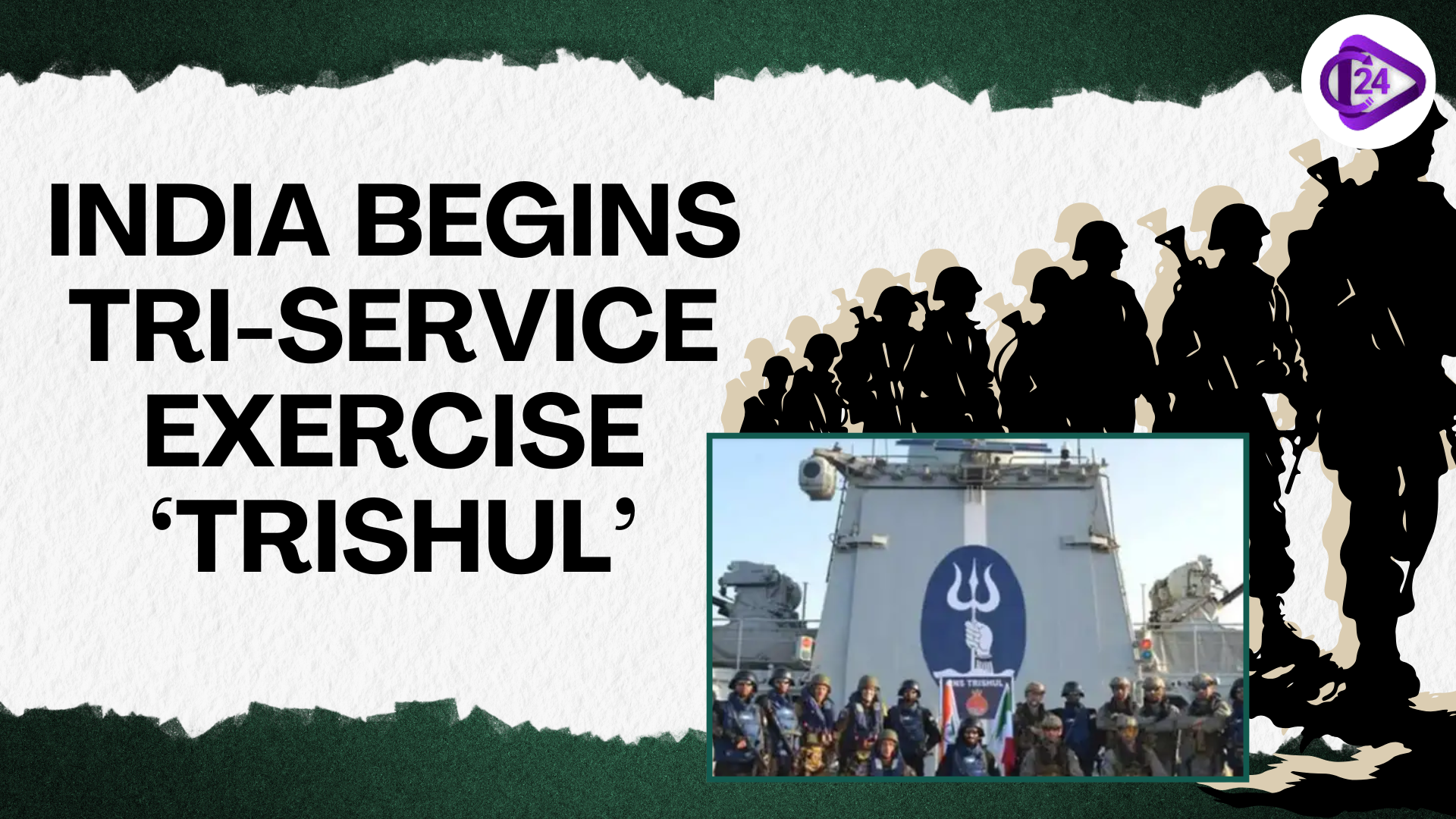 India Launches Tri-Service Exercise ‘Ex Trishul’ Along Western Front
India Launches Tri-Service Exercise ‘Ex Trishul’ Along Western Front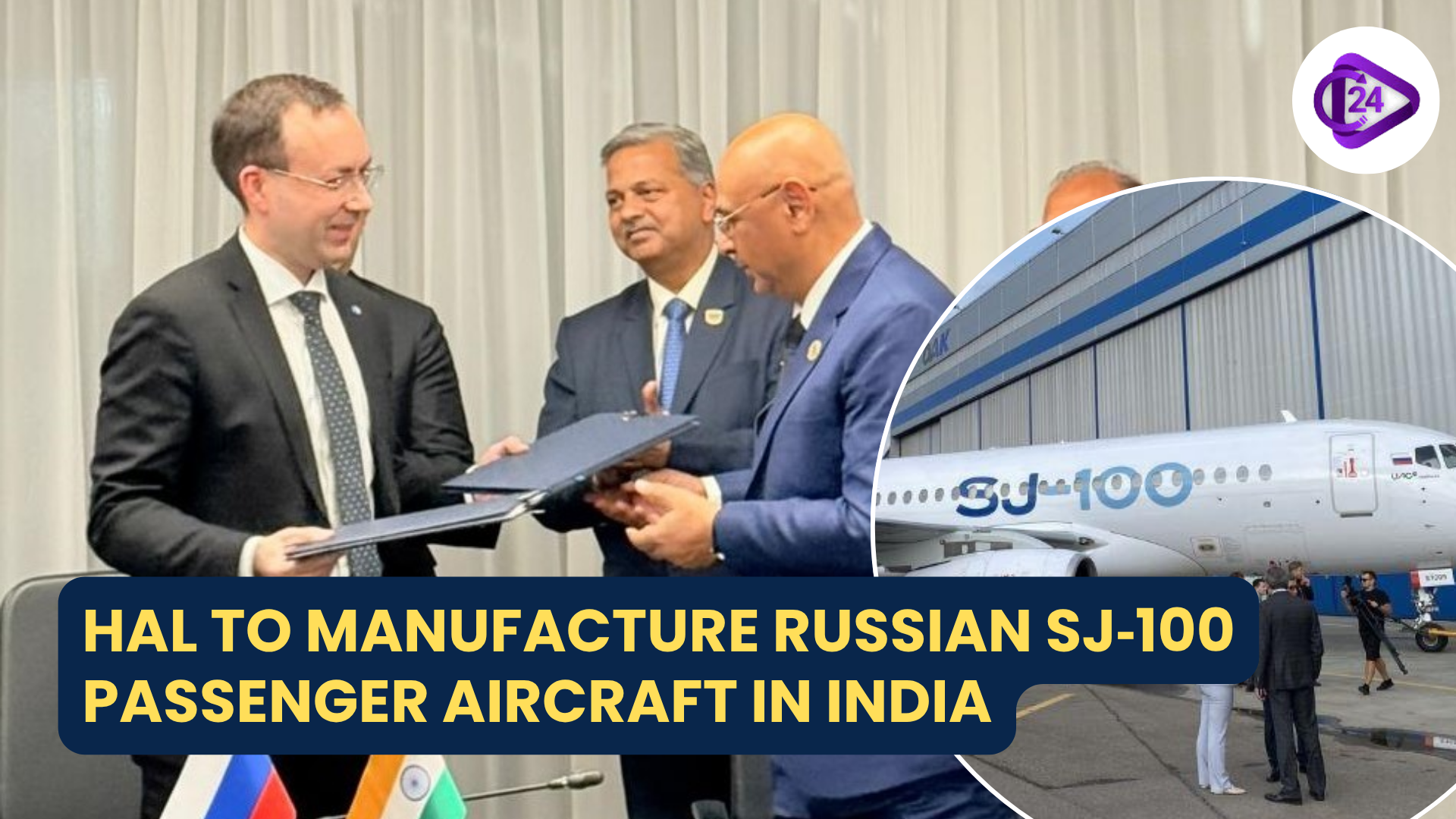 HAL Strengthens India’s Aviation Industry with SJ-100 Aircraft Manufacturing
HAL Strengthens India’s Aviation Industry with SJ-100 Aircraft Manufacturing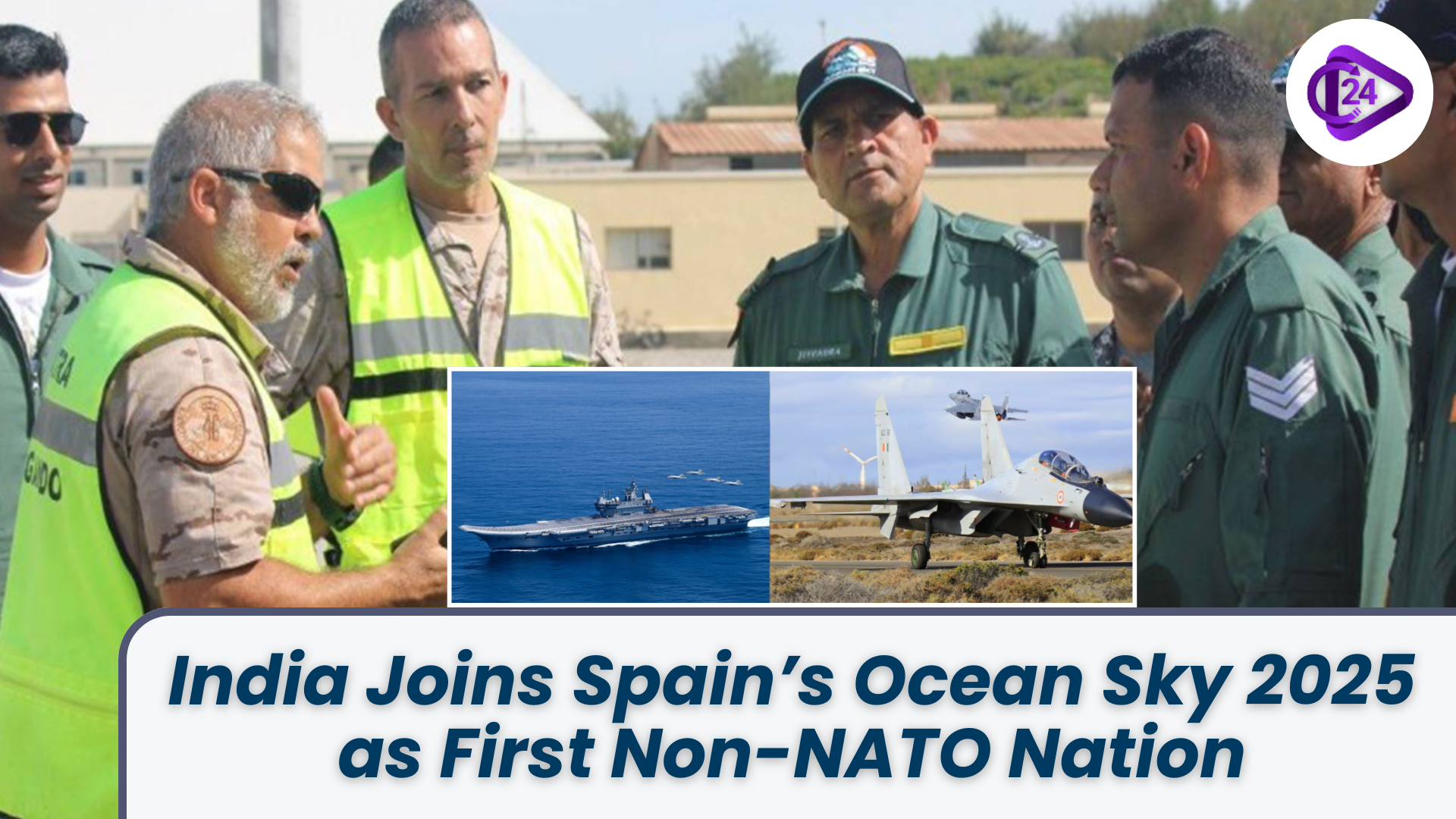 India Becomes First Non-NATO Country to Join Spain’s Exercise
India Becomes First Non-NATO Country to Join Spain’s Exercise India, South Korea Launch First Bilateral Navy Exercise to Boost Maritime Cooperation
India, South Korea Launch First Bilateral Navy Exercise to Boost Maritime Cooperation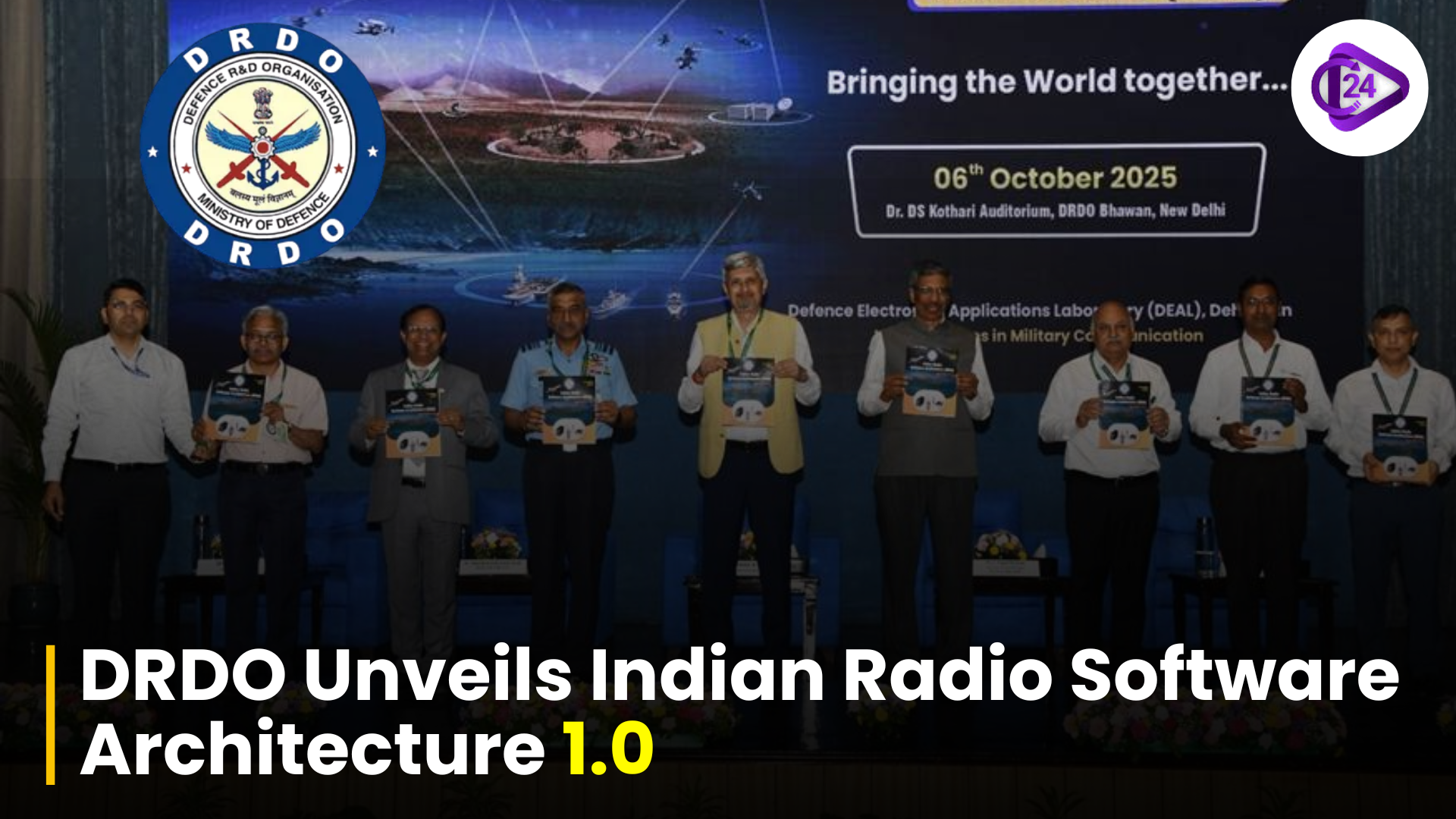 DRDO Strengthens India’s Defense Capabilities with Radio Software Architecture 1.0
DRDO Strengthens India’s Defense Capabilities with Radio Software Architecture 1.0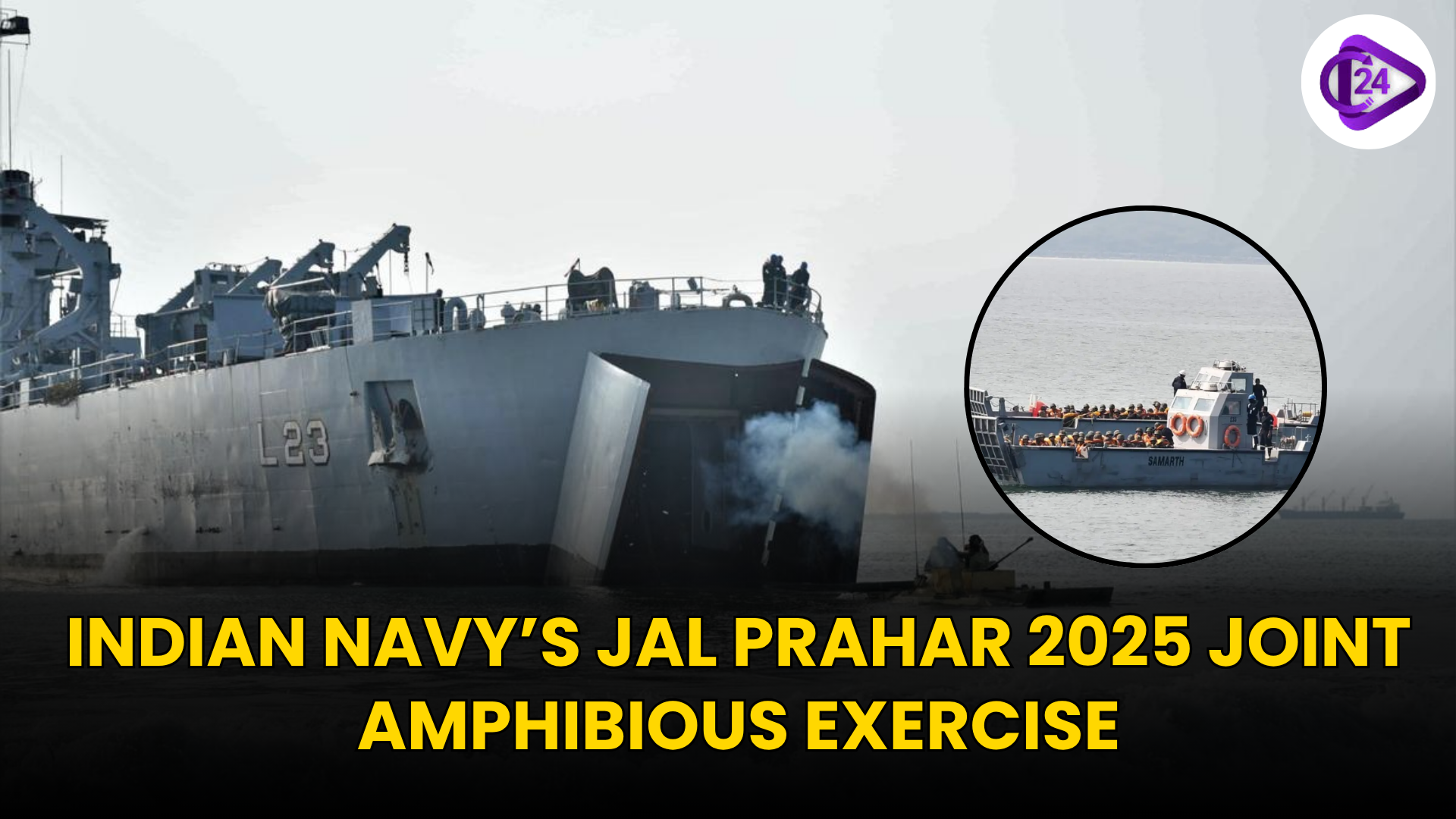 Jal Prahar 2025: Indian Navy’s Largest Amphibious Drill to Strengthen Maritime Security
Jal Prahar 2025: Indian Navy’s Largest Amphibious Drill to Strengthen Maritime Security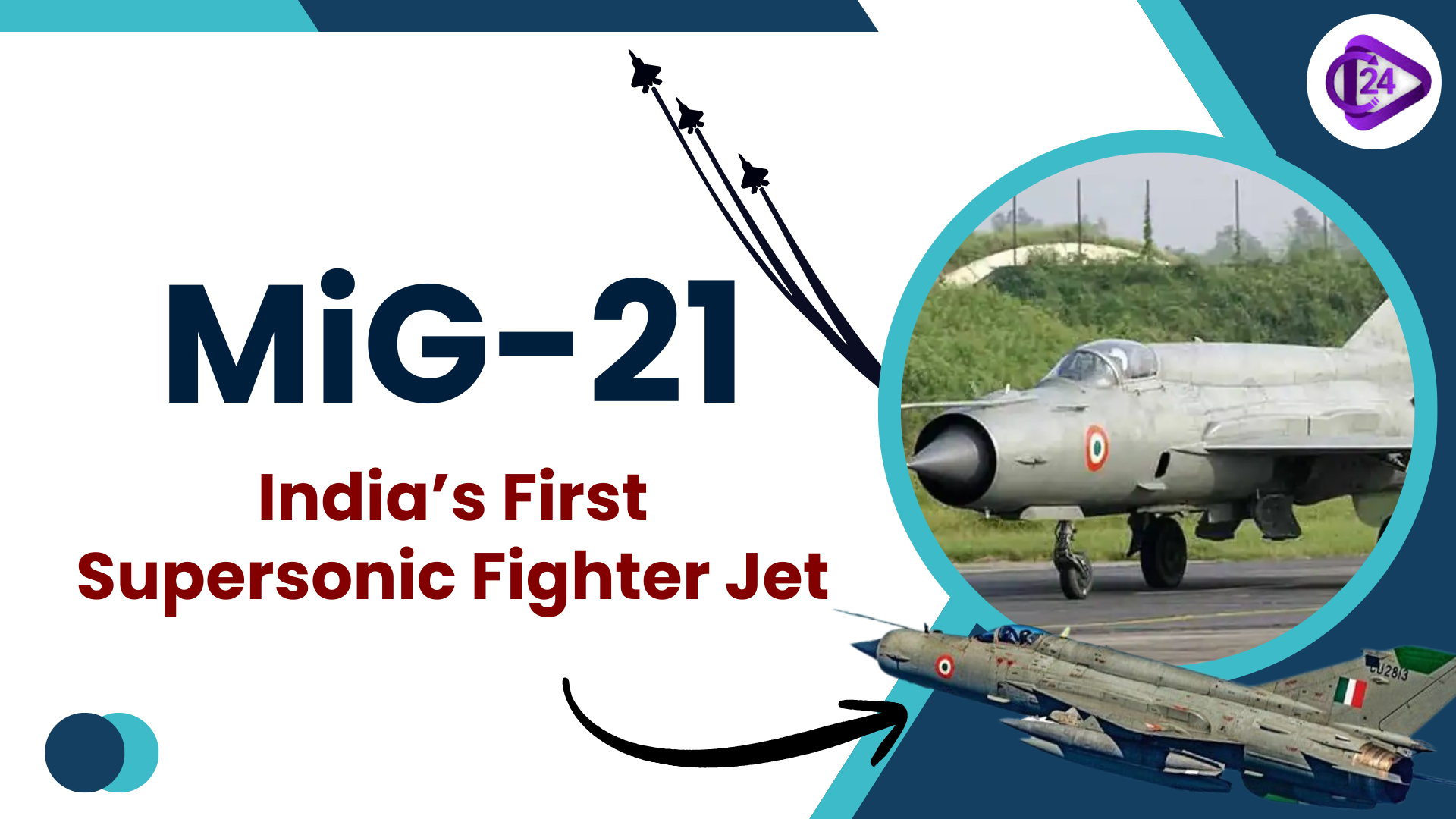 MiG-21 Retirement in Indian Air Force: End of an Era for India’s Iconic Fighter Jet
MiG-21 Retirement in Indian Air Force: End of an Era for India’s Iconic Fighter Jet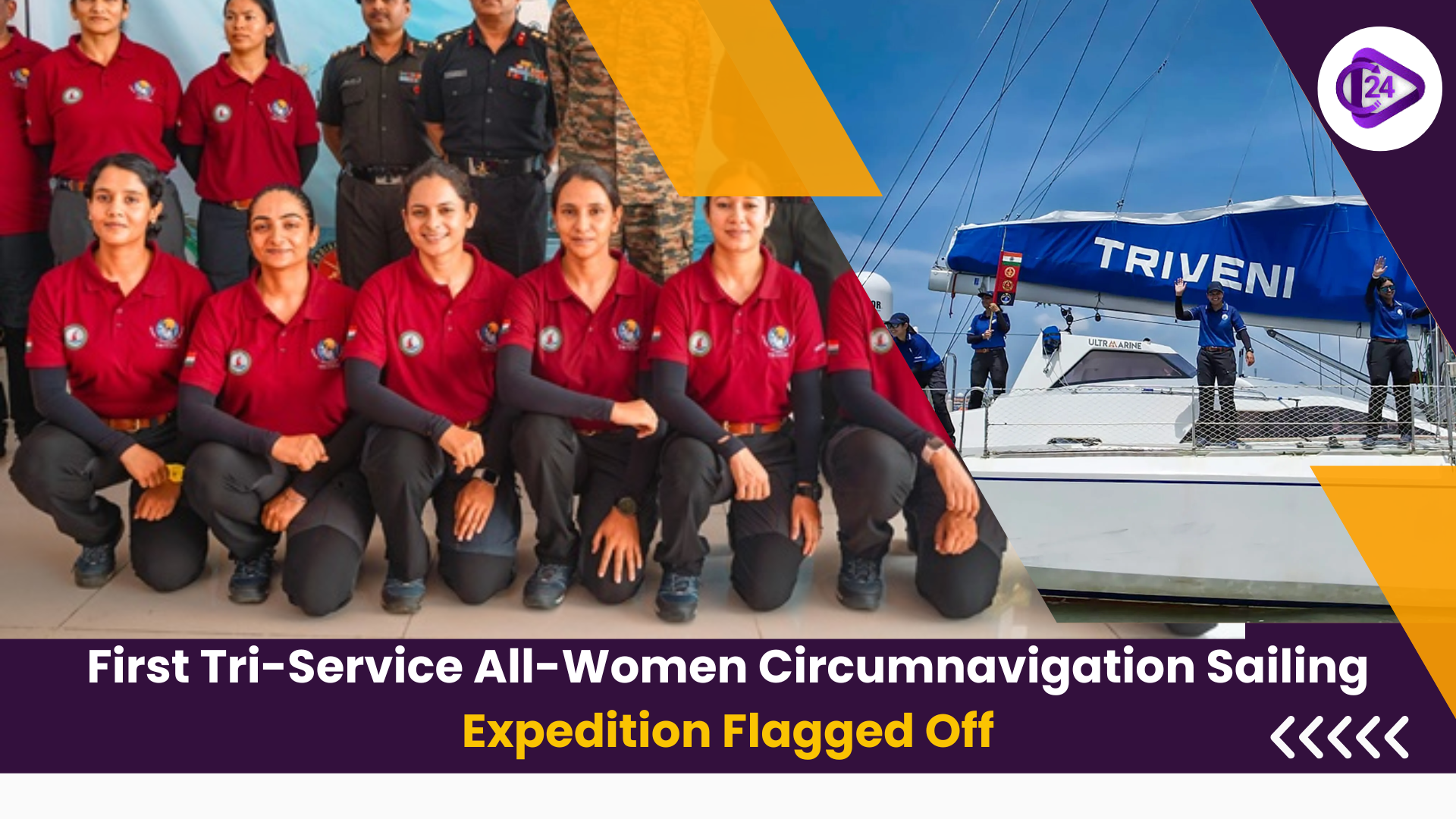 First Tri-Service All-Women Circumnavigation Sailing Expedition Flagged Off
First Tri-Service All-Women Circumnavigation Sailing Expedition Flagged Off INS Sandhayak Visits Malaysia: Strengthening India’s Hydrographic Diplomacy
INS Sandhayak Visits Malaysia: Strengthening India’s Hydrographic Diplomacy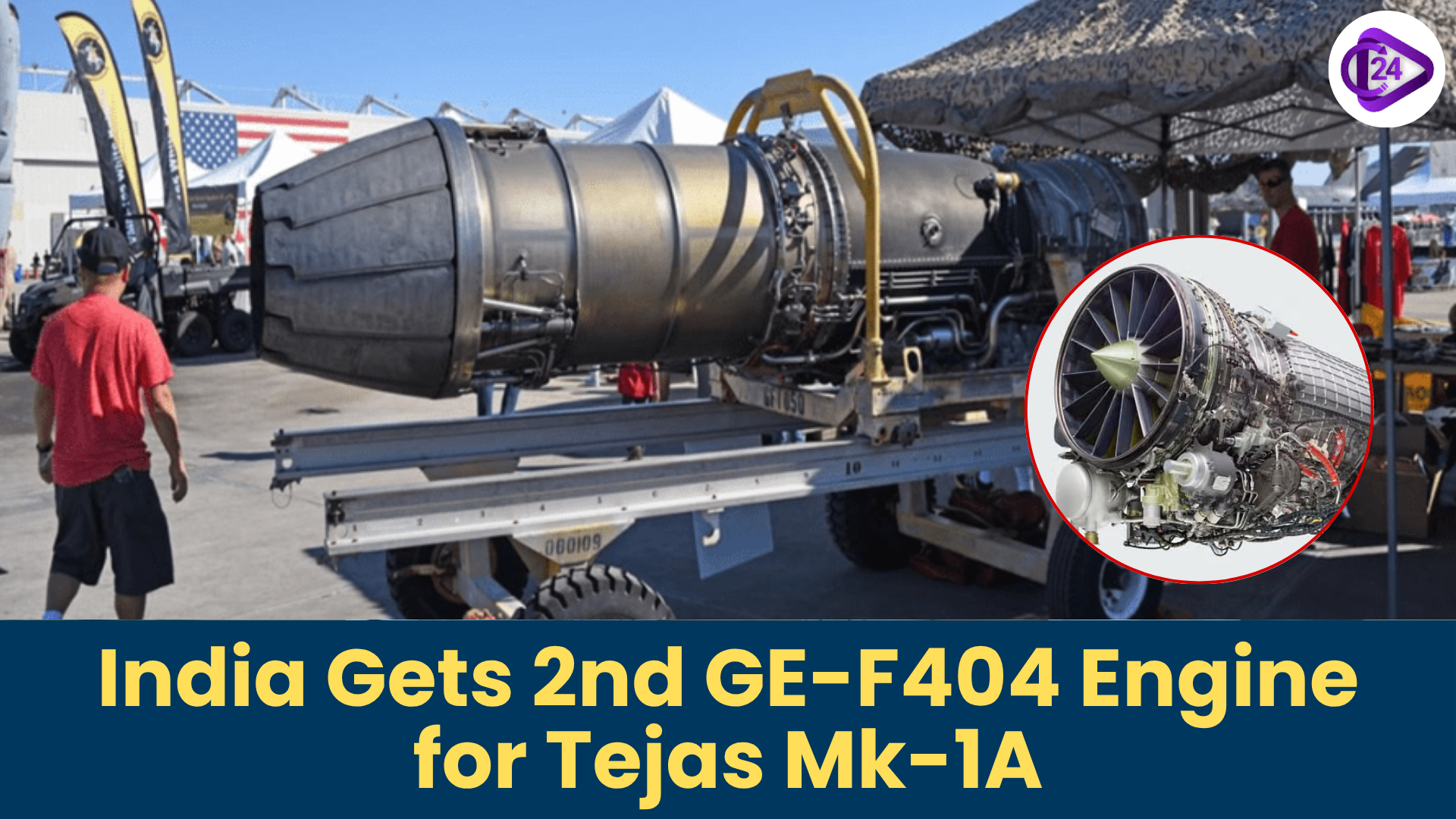 India Receives Second GE-F404 Engine for LCA Tejas Mk-1A Jets
India Receives Second GE-F404 Engine for LCA Tejas Mk-1A Jets






